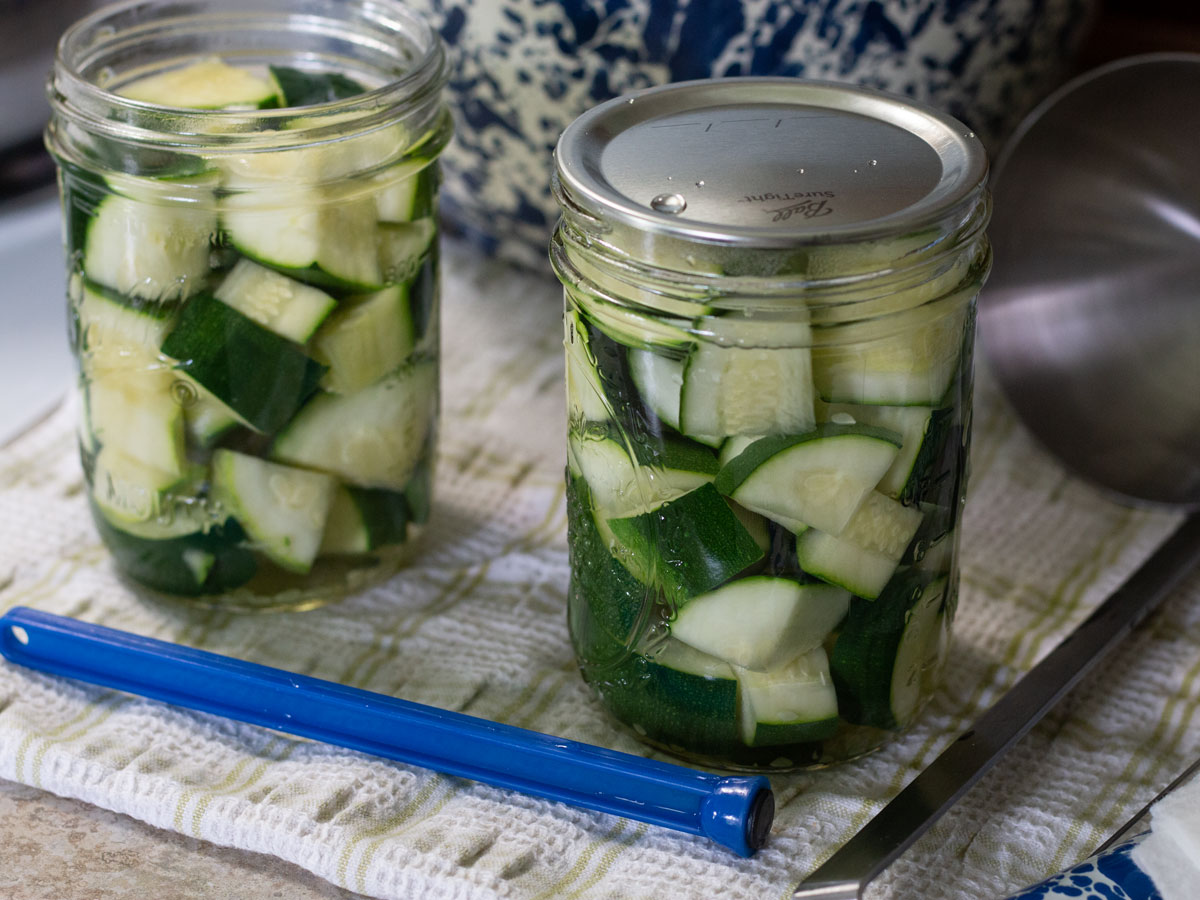

Articles
How To Store Zucchini Squash
Modified: February 24, 2024
Learn the best storage methods for zucchini squash with our informative articles. Keep your zucchinis fresh and delicious for longer periods.
(Many of the links in this article redirect to a specific reviewed product. Your purchase of these products through affiliate links helps to generate commission for Storables.com, at no extra cost. Learn more)
Introduction
Zucchini squash is a versatile and delicious vegetable that can be enjoyed in a variety of dishes. Whether you grow it in your garden or purchase it from the local market, knowing how to store zucchini properly is essential for preserving its freshness and flavor.
When stored correctly, zucchini can stay fresh for a longer period, allowing you to enjoy its taste and nutritional benefits throughout the year. This article will guide you through the different methods of storing zucchini squash so that you can keep it at its best for as long as possible.
In the following sections, we will learn how to choose fresh zucchini, prepare it for storage, and explore various storage methods such as refrigeration, freezing, root cellaring, and pickling.
Whether you plan to use zucchini in soups, stir-fries, or salads, having a stash of fresh zucchini readily available can be a game-changer in your culinary endeavors.
So, let’s dive in and discover the best ways to store zucchini squash to maximize its shelf life and preserve its deliciousness!
Key Takeaways:
- Keep zucchini fresh by choosing firm, vibrant ones and preparing them properly. Store in the fridge, freeze, use a root cellar, or pickle for long-term enjoyment of this versatile vegetable.
- Maximize zucchini’s shelf life with careful handling, proper storage, and regular checks for spoilage. Enjoy zucchini year-round by using various storage methods to preserve its freshness and flavor.
Read more: How To Store Squash And Zucchini
Choosing Fresh Zucchini Squash
When it comes to storing zucchini squash, the first step is selecting fresh and high-quality produce. Here are some tips to help you choose the best zucchinis:
- Look for firm zucchinis: A fresh zucchini should feel firm and have a smooth skin. Avoid zucchinis that have soft spots, wrinkles, or blemishes, as they may indicate that the squash is past its prime.
- Choose smaller zucchinis: Smaller zucchinis tend to be more tender and have a sweeter flavor compared to larger ones. Opt for zucchinis that are no longer than 6-8 inches in length.
- Inspect the skin color: Ideally, the skin of a zucchini should be bright green and free from any yellowing or discoloration. Yellow or discolored skin can indicate that the zucchini is overripe and may not store well.
- Avoid oversize zucchinis: Overgrown zucchinis can have a tougher and more fibrous texture. Avoid selecting zucchinis that are overly large or have seeds that are fully developed, as they may not be as enjoyable to eat.
- Check for freshness indicators: Look for zucchinis with the stem still attached, as this indicates that they were recently harvested. Additionally, the presence of fresh, vibrant flowers at the end of the zucchini is a good sign, suggesting that it was recently picked.
By following these guidelines, you can ensure that you are starting with the freshest zucchini squash, which will greatly contribute to its longevity during storage.
Preparing Zucchini for Storage
Before storing zucchini, it is important to properly prepare it to extend its shelf life. Here are the steps to follow:
- Wash the zucchini: Begin by thoroughly washing the zucchini squash under cool running water to remove any dirt or debris. Gently scrub the skin with a vegetable brush to ensure it is cleaned properly.
- Trim the ends: Trim off the ends of the zucchini using a sharp knife. This step helps remove any damaged or bruised parts of the squash, reducing the risk of spoilage.
- Optional: Blanching. If you plan on freezing the zucchini, blanching can help preserve its color, texture, and flavor. To blanch, bring a pot of water to a boil, add the zucchini slices or chunks, and cook for 1-2 minutes. Then, transfer the zucchini to an ice bath to stop the cooking process. Drain and pat dry before packaging for freezing.
- Cut or slice as desired: Depending on your intended use, you can either leave the zucchini whole or cut it into slices or chunks. Keep in mind that larger pieces may take longer to cook.
- Pat dry: After washing and cutting the zucchini, gently pat it dry with a clean towel or paper towels. Excess moisture can lead to mold and spoilage, so ensuring the zucchini is dry is crucial.
Once you have prepared your zucchini, you are ready to employ one of several storage methods to keep it fresh and flavorful. Whether you choose to store it in the refrigerator, freeze it, or preserve it through pickling, the following sections will provide guidance on the best practices for each method.
Storing Zucchini in the Refrigerator
If you plan to use your zucchini within a week, storing it in the refrigerator can help maintain its freshness. Here’s how:
- Wrap in a paper towel: Take your prepared zucchini and wrap it loosely in a paper towel. This will help absorb any excess moisture and prevent the zucchini from becoming soggy.
- Place in a storage bag or container: Put the wrapped zucchini in a perforated plastic bag or airtight container. The perforations or vents allow for proper air circulation, which helps prevent the zucchini from becoming mushy or moldy.
- Store in the vegetable crisper: Place the bag or container in the vegetable crisper drawer of your refrigerator. This will provide a cool and humid environment, which is ideal for keeping zucchini fresh.
- Check and rotate: Periodically check on your stored zucchini to ensure there are no signs of spoilage. If you notice any soft spots or mold, remove those zucchinis to prevent them from affecting the others. Additionally, rotate the zucchinis to ensure even air circulation and prevent them from becoming squashed or bruised.
By following these steps, your zucchini should stay fresh in the refrigerator for up to a week. Remember to use any stored zucchini as soon as possible to enjoy its optimal freshness and flavor.
However, if you have an abundance of zucchini or want to store it for longer periods, freezing is a great option. Let’s explore how to freeze zucchini squash in the next section.
Freezing Zucchini Squash
Freezing zucchini squash is a convenient method for preserving its taste and texture for an extended period. Here’s how you can freeze zucchini:
- Prepare the zucchini: Start by washing and trimming the ends of the zucchini. Then, cut it into desired shapes such as slices, chunks, or grated.
- Blanching (optional): To help retain the zucchini’s color, texture, and flavor during freezing, you can blanch it. Bring a pot of water to a boil and carefully add the zucchini. Blanch slices or chunks for 1-2 minutes, and grated zucchini for 30 seconds to 1 minute. Then plunge the zucchini into an ice bath to cool it down quickly.
- Drain and dry: After blanching, drain the zucchini and pat it dry with paper towels to remove any excess moisture. This step helps prevent ice crystals from forming and maintains better quality during freezing.
- Package for freezing: Place the prepared zucchini in freezer-safe bags or airtight containers. Remove as much air as possible to prevent freezer burn and label the packaging with the date.
- Freeze the zucchini: Put the packaged zucchini in the freezer and make sure it is stored in a single layer or laid flat to freeze. This will help prevent the pieces from sticking together and allow for easier portioning later on.
Frozen zucchini can be stored for up to nine months, though for the best quality, it is recommended to use it within three to six months.
When you’re ready to use the frozen zucchini, there’s no need to thaw it before adding to cooked dishes such as soups, stews, or stir-fries. However, if you plan to use it in baked goods or as a side dish, you may want to thaw the zucchini by placing it in the refrigerator overnight or using the defrost setting on your microwave.
The next section will explore an alternative storage method for zucchini squash – using a root cellar or basement.
Store zucchini squash in a perforated plastic bag in the refrigerator’s crisper drawer. It will stay fresh for up to a week. Avoid washing until ready to use to prevent moisture buildup.
Read more: How To Store Zucchini And Yellow Squash
Storing Zucchini Squash in a Root Cellar or Basement
If you have access to a cool and dark space like a root cellar or basement, you can store zucchini squash for an extended period without the need for refrigeration or freezing. Here’s how:
- Clean the zucchini: Before storing, make sure the zucchinis are clean and free from any dirt or debris. Gently wash and dry them as outlined in the previous sections.
- Prepare the storage area: Ensure your root cellar or basement has the appropriate conditions for zucchini storage. The ideal temperature range for storing zucchinis is between 50-55°F (10-13°C) with moderate humidity.
- Spread a layer of straw or newspaper: Line the storage area with a layer of straw or newspaper to provide insulation and protect the zucchinis from direct contact with the ground or shelves.
- Arrange zucchinis in a single layer: Place the zucchinis in a single layer on the prepared surface, making sure they are not touching each other. This allows for proper air circulation to prevent mold and spoilage.
- Check regularly: Periodically inspect the stored zucchinis for any signs of decay or rot. Remove any affected zucchinis promptly to prevent the spread of spoilage.
When stored properly in a root cellar or basement, zucchini squash can last up to a month or even longer, depending on the conditions. However, it’s important to monitor the zucchinis regularly and use them as soon as any signs of spoilage appear.
If you prefer a different method of preservation that adds a unique flavor to zucchini, pickling is a great option. The next section will explain how to preserve zucchini squash in pickled form.
Preserving Zucchini Squash in Pickled Form
Preserving zucchini squash through pickling is a fantastic way to add tangy and delicious flavors to your zucchinis. Here’s how you can pickle zucchini:
- Prepare the zucchini: Wash the zucchinis thoroughly and trim the ends. Cut them into desired shapes, such as spears, slices, or rounds.
- Prepare the brine: In a pot, combine equal parts water and vinegar, along with salt and any desired spices such as dill seeds, garlic, or peppercorns. Bring the mixture to a boil and simmer for a few minutes to allow the flavors to meld together.
- Pack the zucchini: Place the zucchini pieces into sterilized jars, leaving some space at the top. Add any additional seasonings you prefer, such as fresh dill or red pepper flakes.
- Pour the brine: Carefully pour the hot brine into the jars, covering the zucchini completely. Ensure there are no air bubbles and that the zucchinis are fully submerged.
- Seal the jars: Wipe the rims of the jars with a clean, damp cloth to remove any brine or residue. Place the lids on the jars and tighten them securely.
- Process the jars: Depending on the recipe, you may need to process the jars in a water bath canner for a specified amount of time. Follow the instructions of your recipe for proper processing to ensure the safety and longevity of the pickled zucchinis.
- Store the jars: Once the jars have cooled, check that the lids are sealed correctly. Label the jars with the date and store them in a cool, dark place. Properly sealed and stored pickled zucchini can last for several months.
Pickled zucchini can be enjoyed as a tasty side dish, added to salads, or used to enhance sandwiches and wraps. The tangy flavor of the pickling brine beautifully complements the natural sweetness of the zucchinis.
With these tips, you can preserve your zucchini squash in pickled form and enjoy its unique and delicious flavors long after the growing season has ended.
Next, let’s explore some additional tips to ensure you store zucchini properly and maximize its shelf life.
Tips for Properly Storing Zucchini Squash
To ensure that your zucchini squash stays fresh and flavorful during storage, consider these helpful tips:
- Handle with care: When handling zucchini, be gentle to avoid bruising or damaging the squash. Damaged zucchini is more prone to spoilage, so treat them with care.
- Store unwashed: It’s best to store zucchini unwashed to prevent moisture buildup. Washing zucchini before storage can shorten its shelf life.
- Avoid plastic bags: While plastic bags can trap moisture and promote spoilage, perforated plastic bags or reusable produce bags with ventilation can be used to store zucchinis in the refrigerator.
- Don’t overcrowd: Whether you’re storing zucchini in the refrigerator or a root cellar, make sure there is enough space for air circulation. Overcrowding can cause the zucchinis to become damp and spoil more quickly.
- Separate from ethylene-producing fruits: Zucchini is sensitive to ethylene gas produced by fruits like apples, bananas, and tomatoes. Keep zucchinis away from these fruits to prevent them from ripening and deteriorating faster.
- Check for spoilage: Regularly inspect your stored zucchini for any signs of decay, mold, or soft spots. If you notice any spoilage, remove the affected zucchini to prevent it from affecting the others.
- Store in different forms: Consider varying your storage methods. If you have an abundance of zucchinis, you can freeze some, pickle others, and store some in the refrigerator or root cellar. This allows you to preserve zucchini in different forms for various culinary uses.
- Label and rotate: If you have multiple zucchinis stored, make sure to label them with the date of storage. This helps you keep track of which ones to use first. Additionally, rotate the zucchinis during storage to ensure even usage and to prevent any from being forgotten.
By following these tips, you can extend the shelf life of your zucchini squash and enjoy its freshness and versatility for an extended period.
Now that you have learned the various methods of storing zucchini, you can confidently preserve this delicious vegetable and enjoy its flavors throughout the year.
Conclusion
Properly storing zucchini squash is essential for preserving its freshness, flavor, and nutritional benefits. Whether you choose to store it in the refrigerator, freeze it, store it in a root cellar, or pickle it, each method has its own unique advantages.
When selecting zucchinis, choose firm ones with vibrant skin, avoiding any signs of decay or overripeness. Properly preparing the zucchini, such as washing, trimming, and drying, is crucial before storing it.
If you plan to use the zucchini within a week, refrigeration is a suitable method. Wrap the zucchinis in a paper towel, place them in a storage bag or container, and store them in the vegetable crisper.
Freezing zucchini is an excellent option for longer-term storage. Blanching the zucchini before freezing can help retain its quality. Package it in freezer-safe bags or containers, removing excess air, and store it in the freezer.
If you have access to a root cellar or basement, you can store zucchini squash without the need for refrigeration. Make sure the space is cool, dark, and well-ventilated, and arrange the zucchinis in a single layer.
For a unique and flavorful storage method, consider pickling zucchini. Prepare a brine, pack the zucchinis into jars, pour the brine, and process the jars for long-term storage.
In all storage methods, check the zucchinis regularly for spoilage and use them promptly to enjoy their optimal freshness and taste.
By following these tips, you can make the most of your zucchini harvest or store-bought zucchinis, ensuring that you have a supply of this versatile vegetable throughout the year.
So, start implementing these storage methods and enjoy the deliciousness of zucchini in your culinary creations whenever you desire!
Frequently Asked Questions about How To Store Zucchini Squash
Was this page helpful?
At Storables.com, we guarantee accurate and reliable information. Our content, validated by Expert Board Contributors, is crafted following stringent Editorial Policies. We're committed to providing you with well-researched, expert-backed insights for all your informational needs.
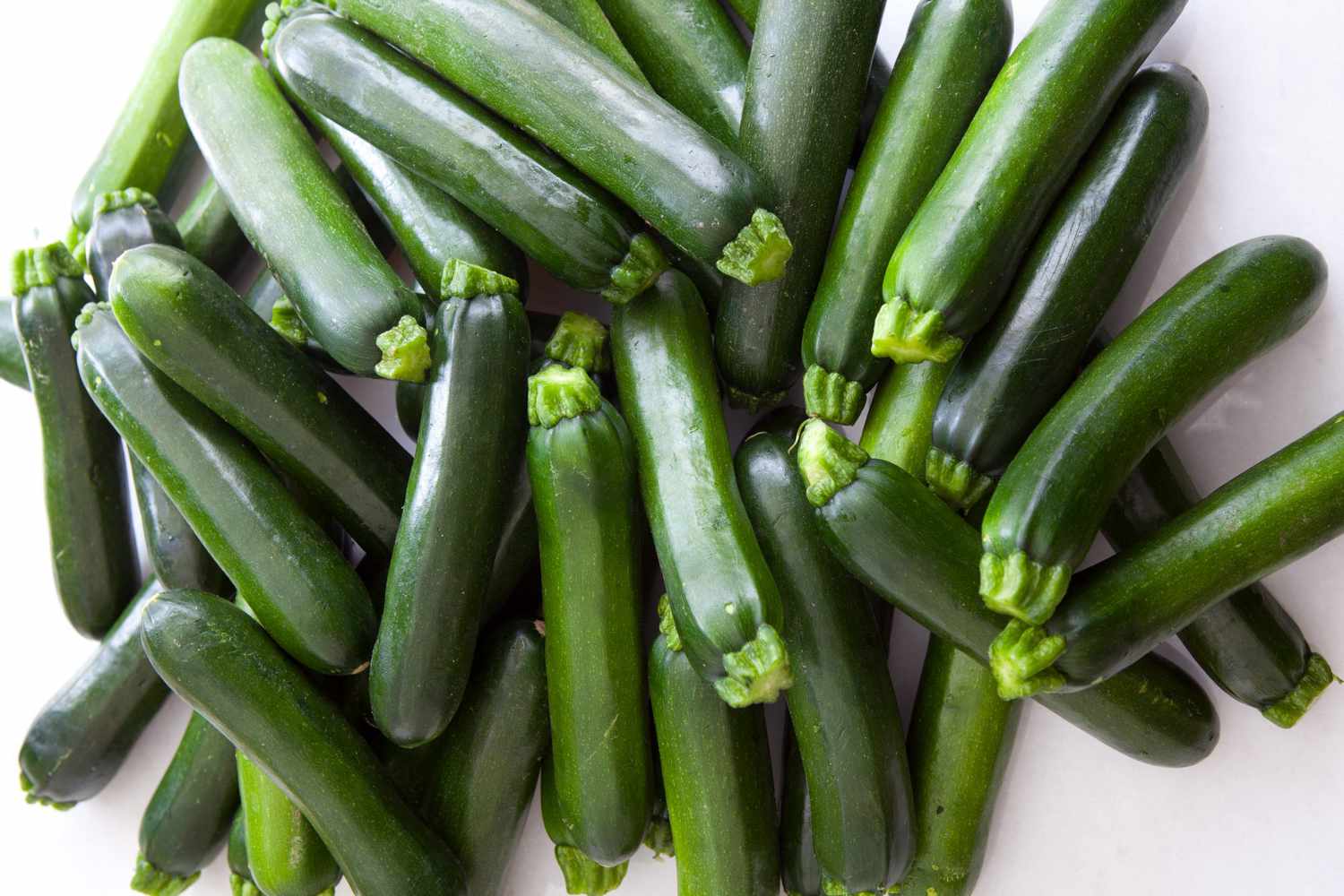
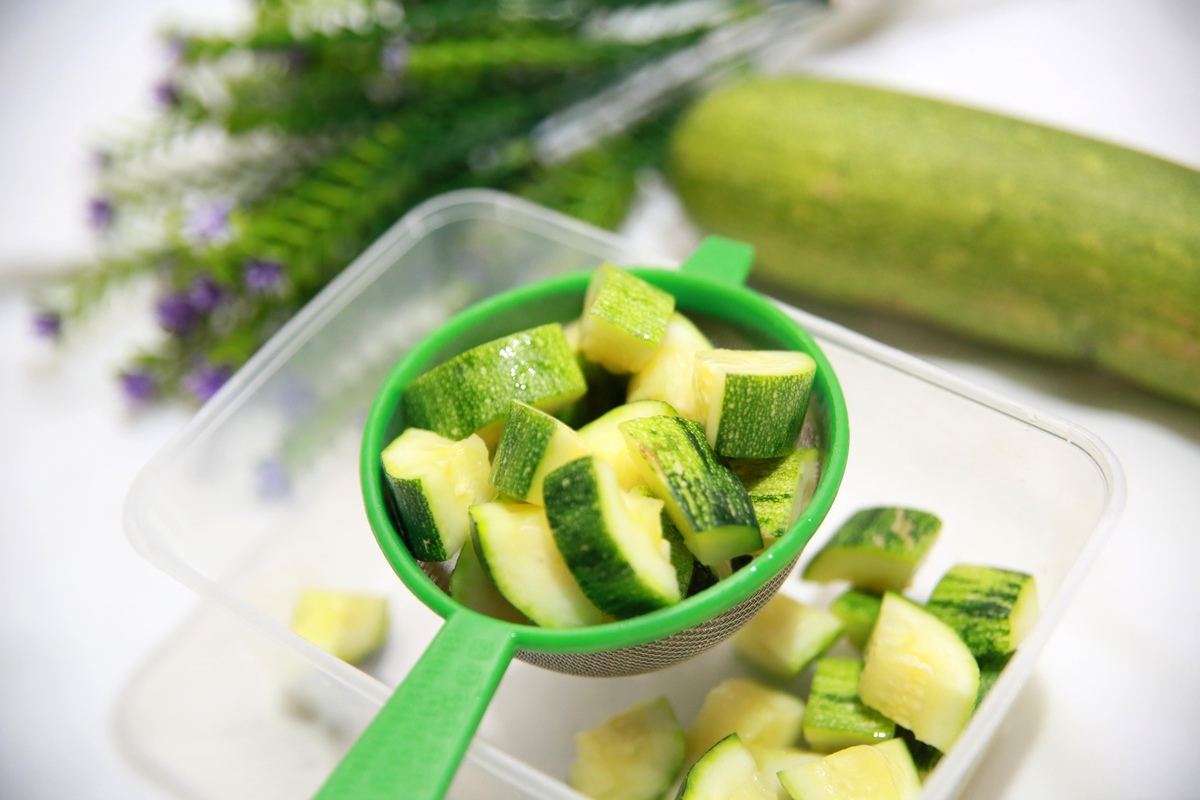
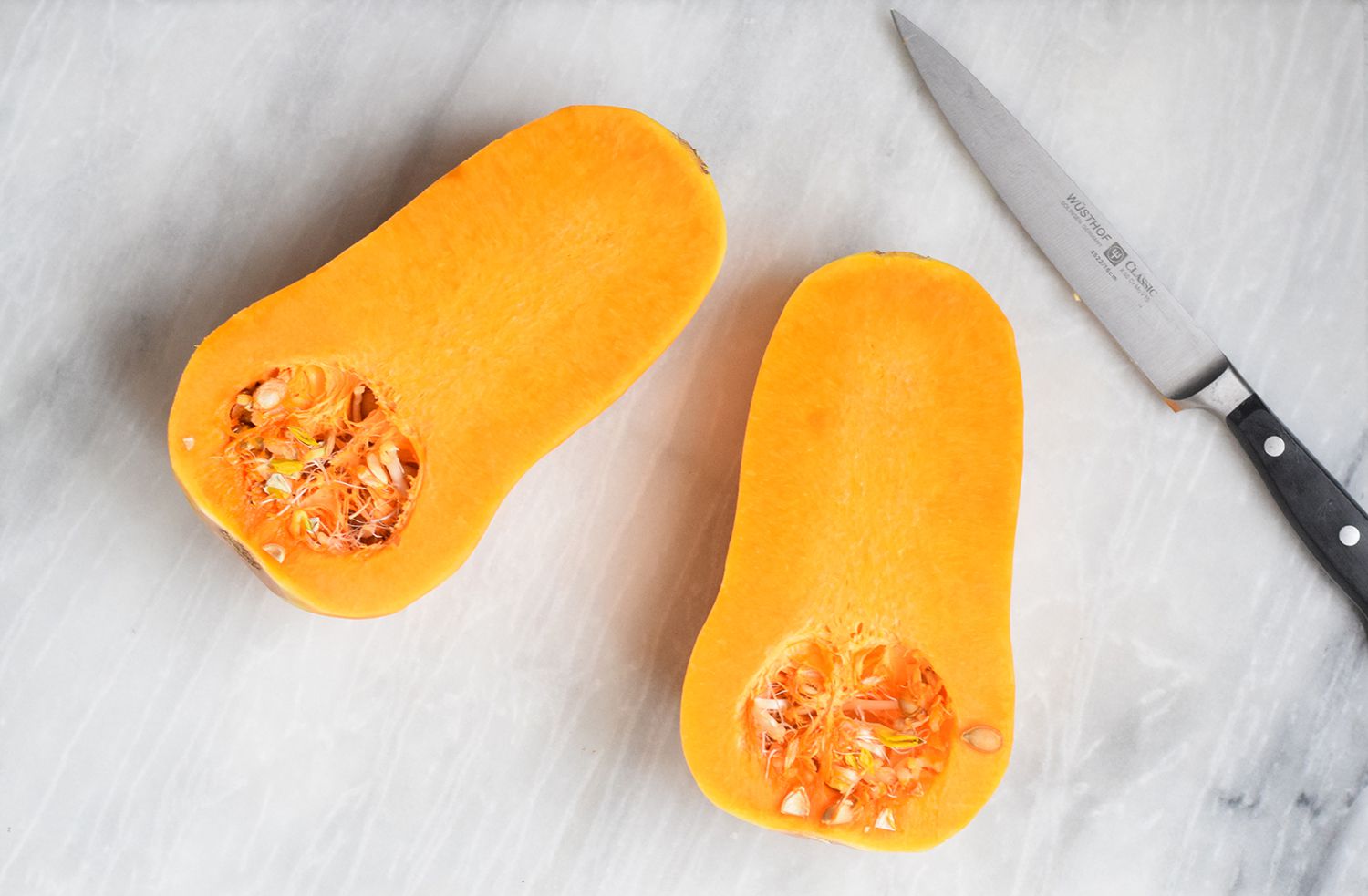
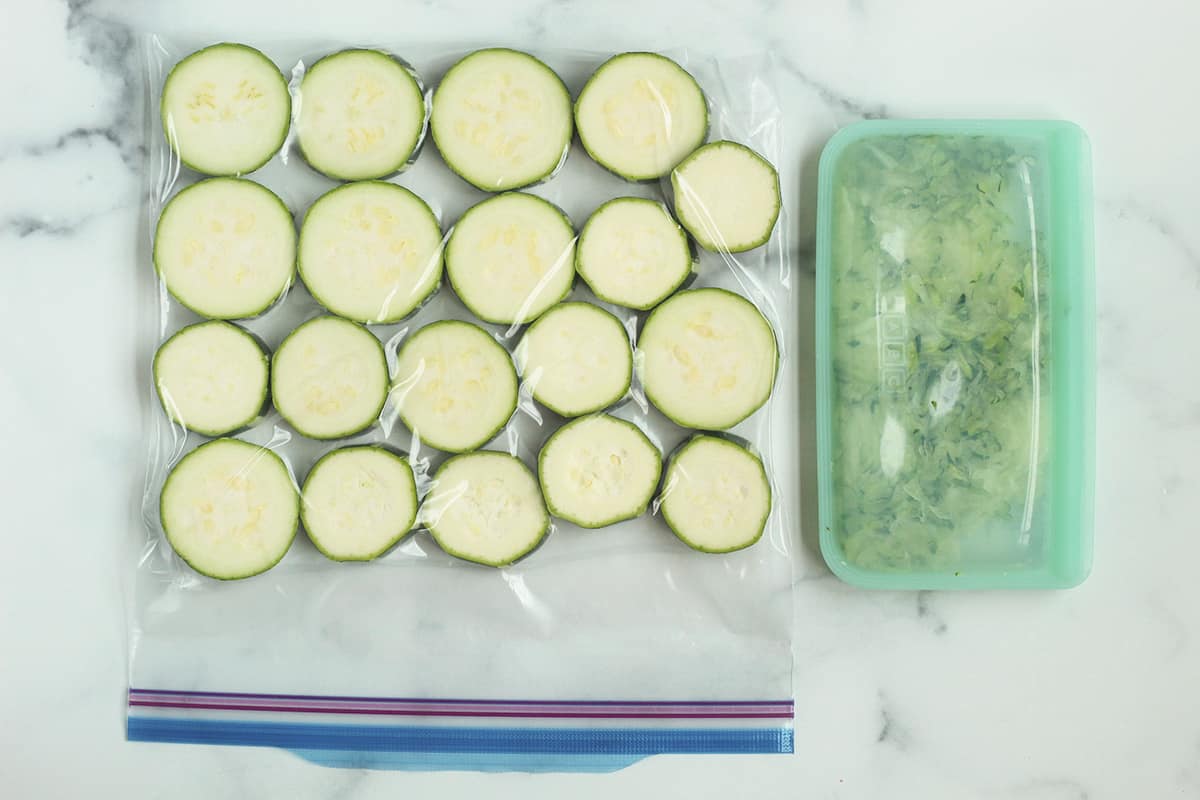
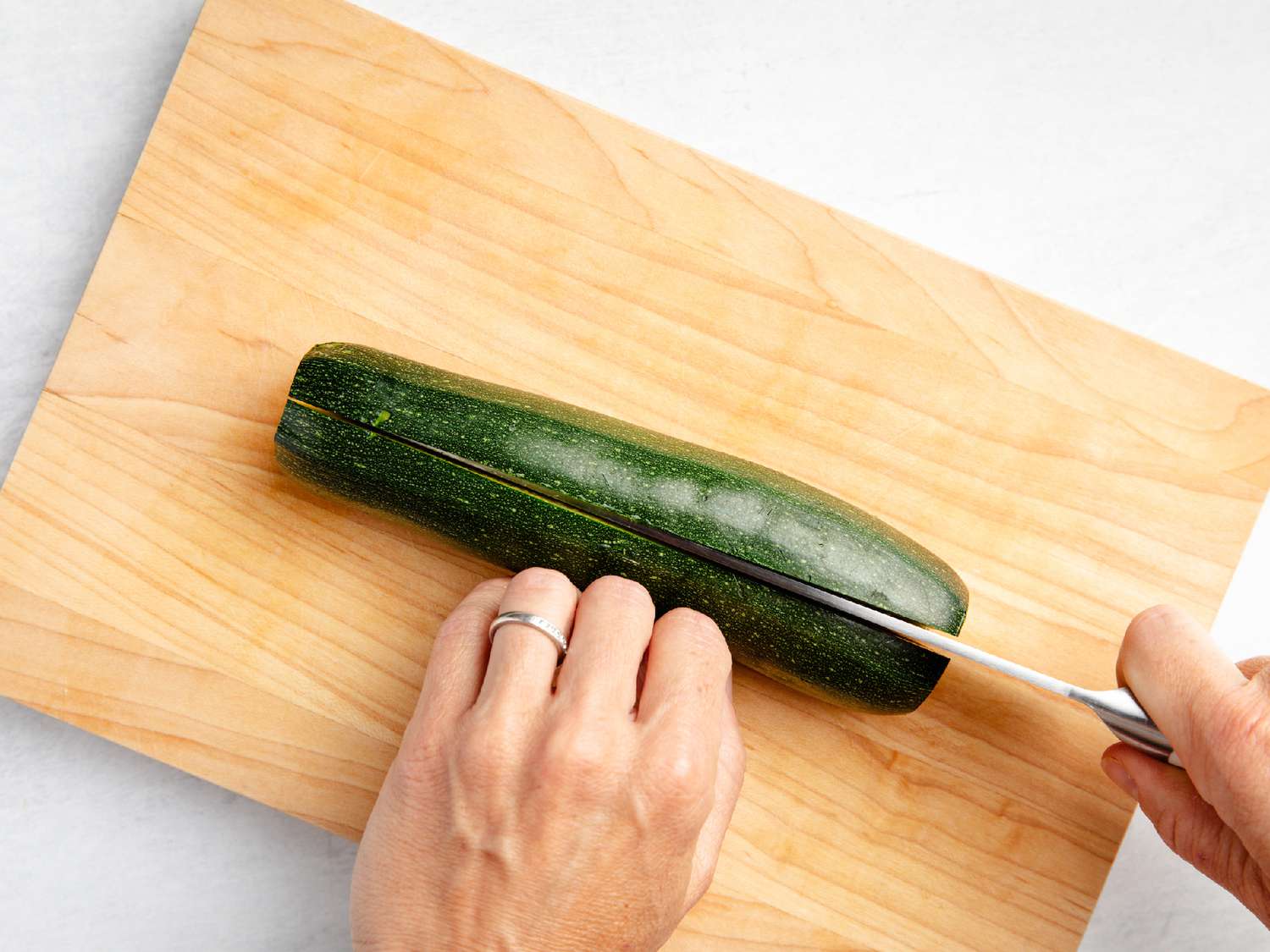
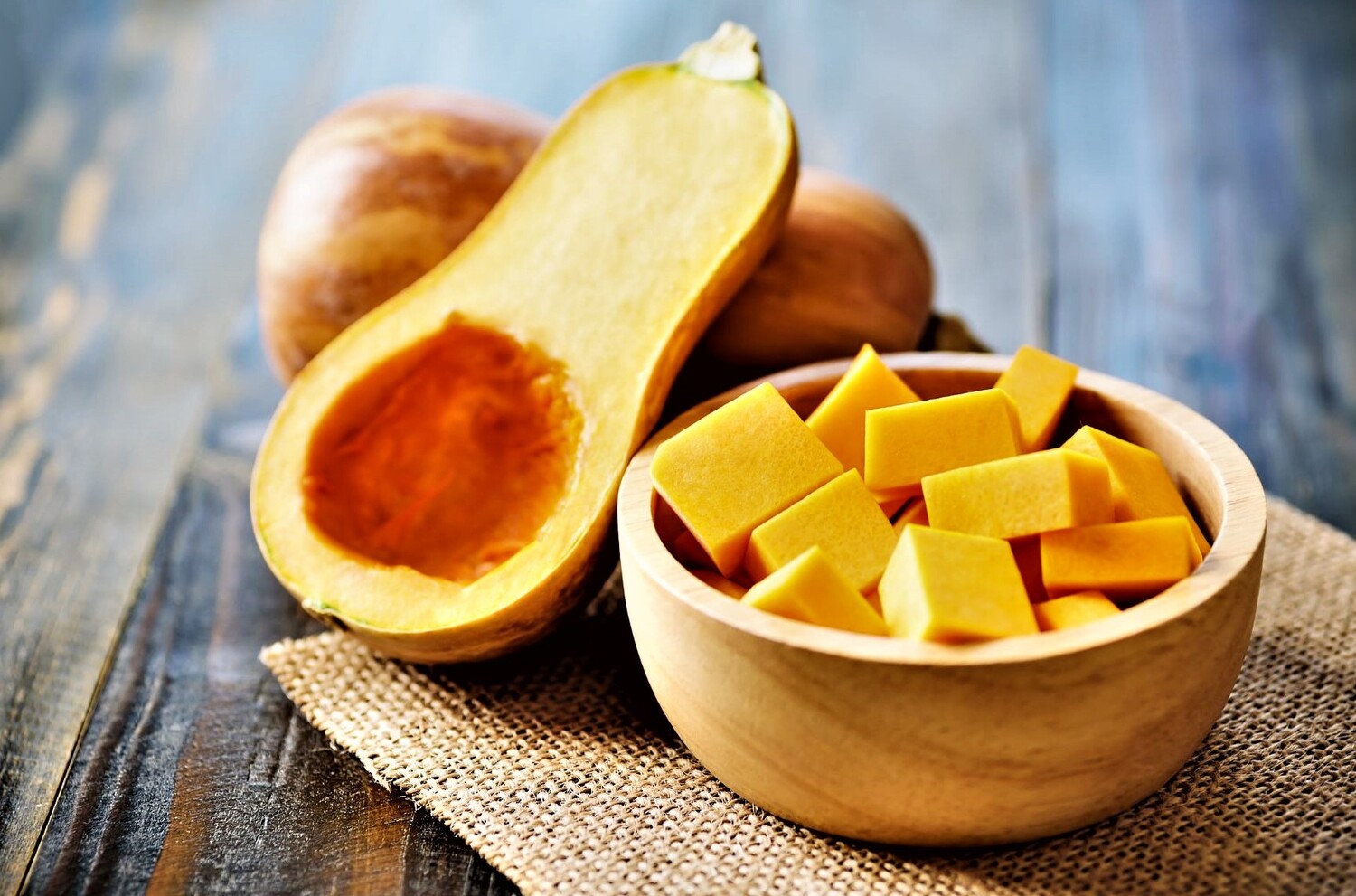
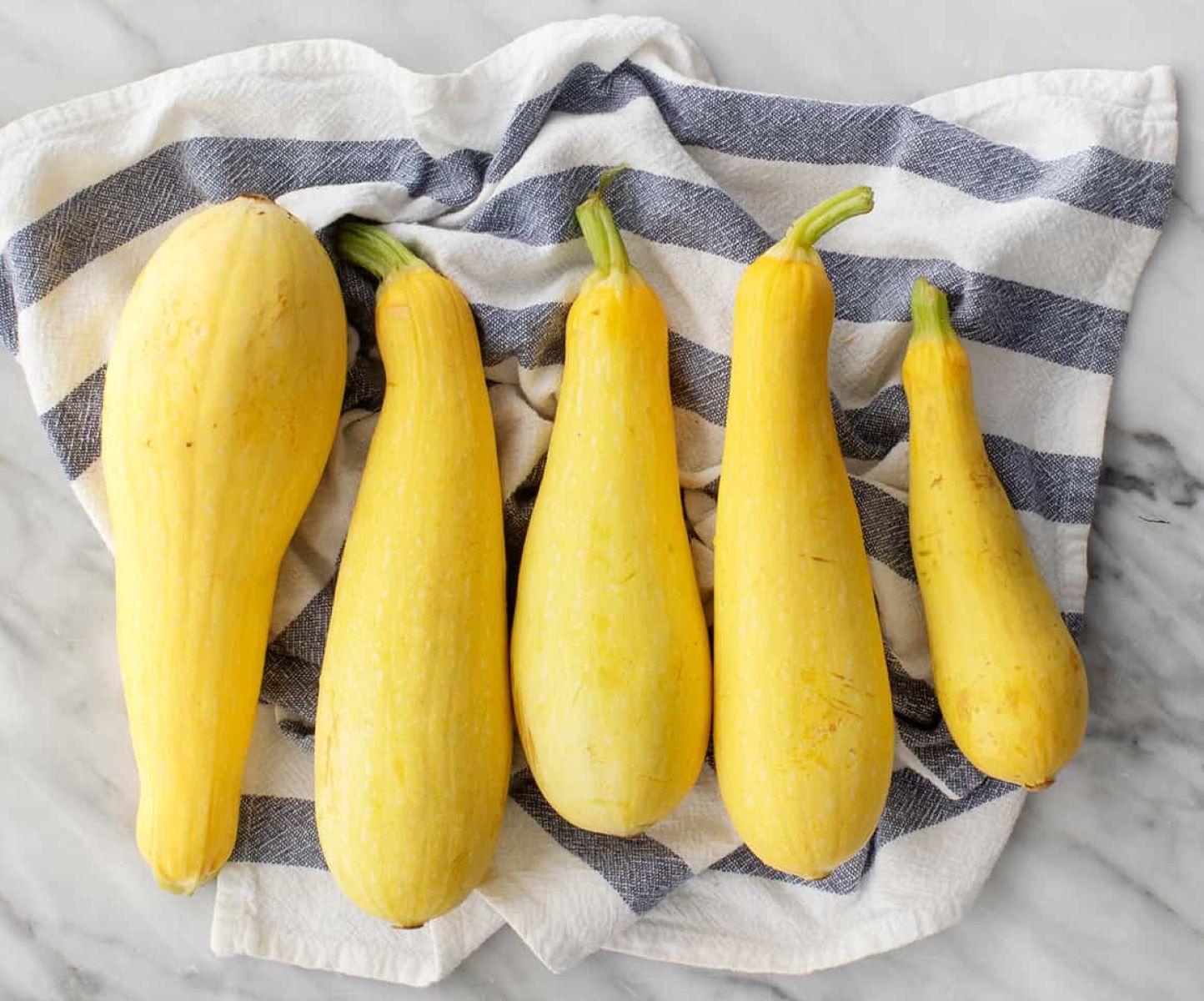
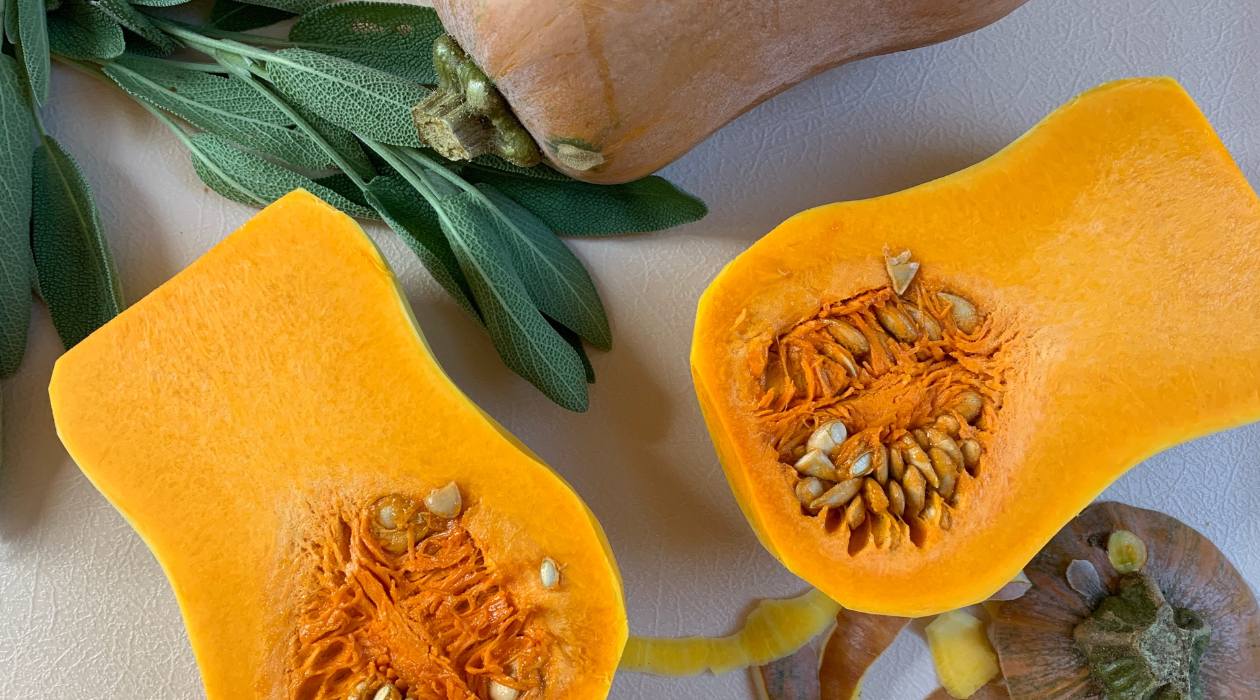

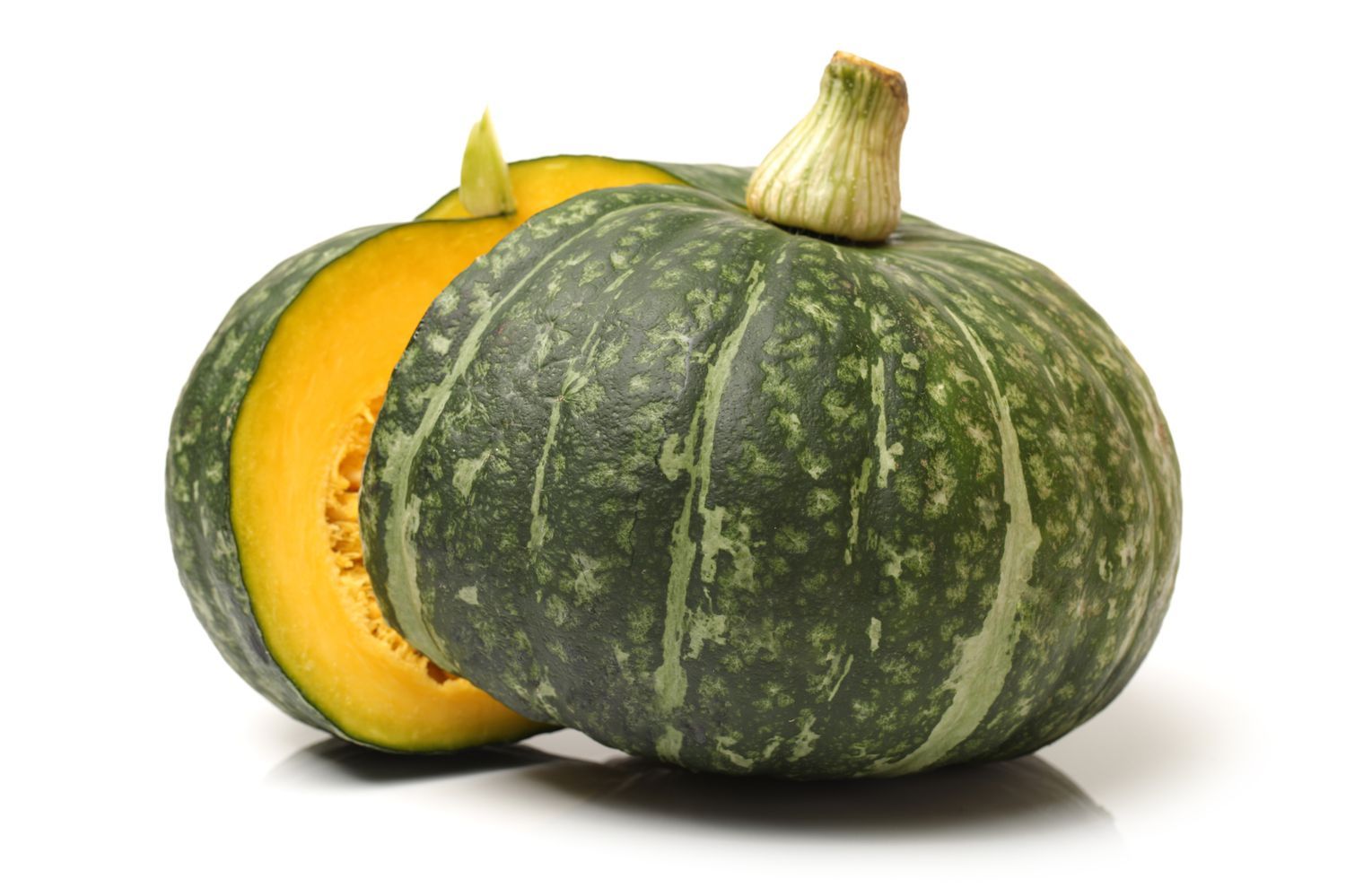
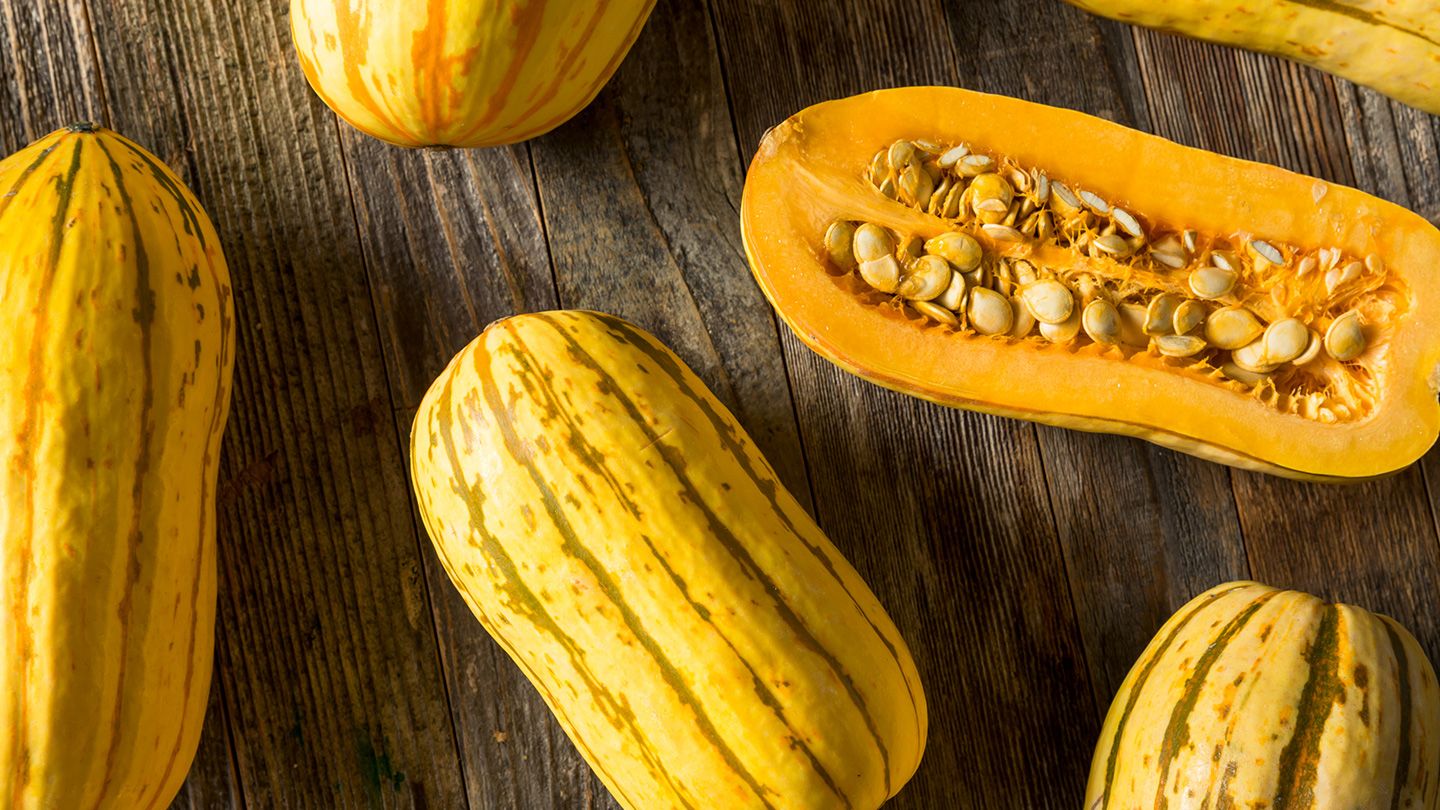
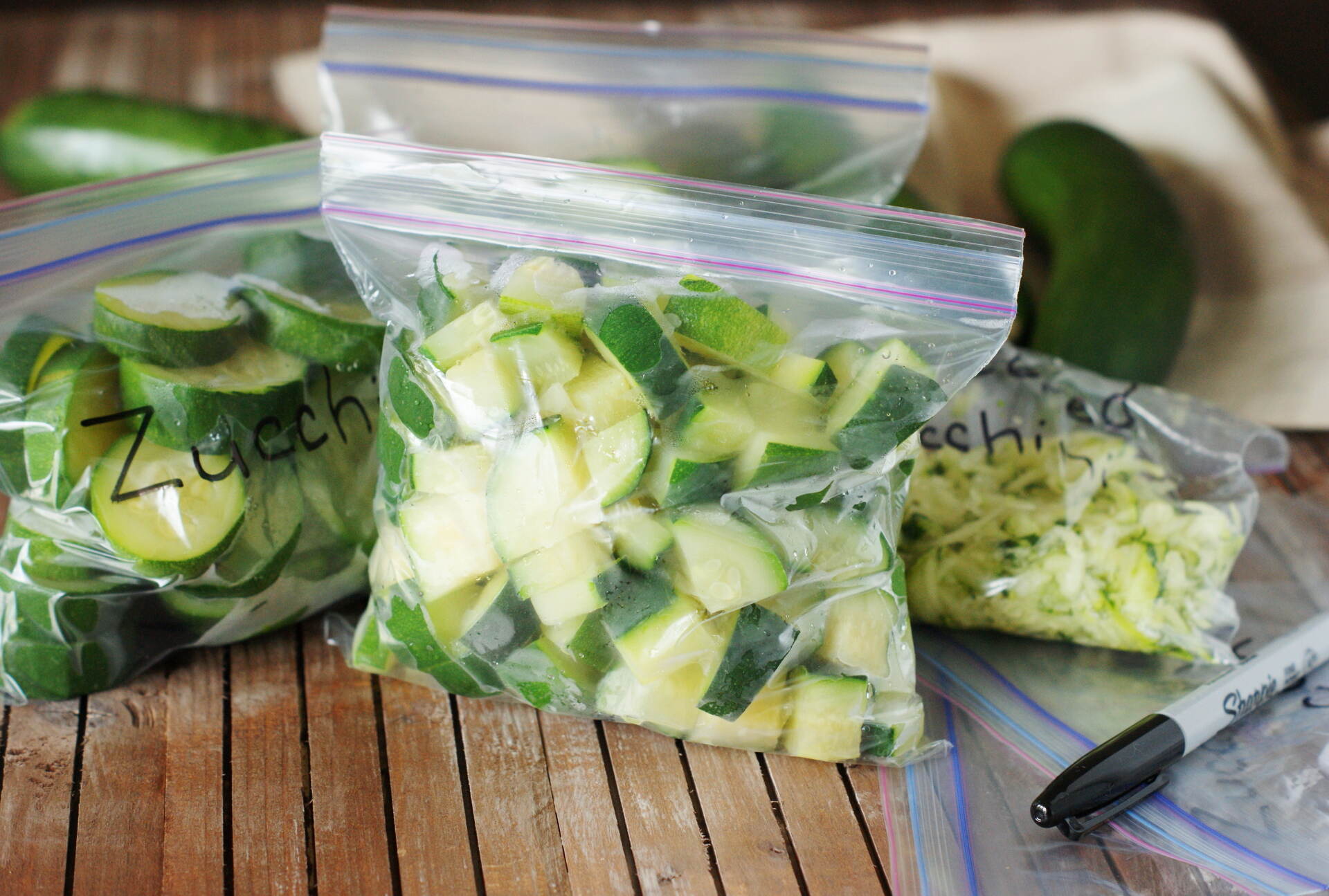

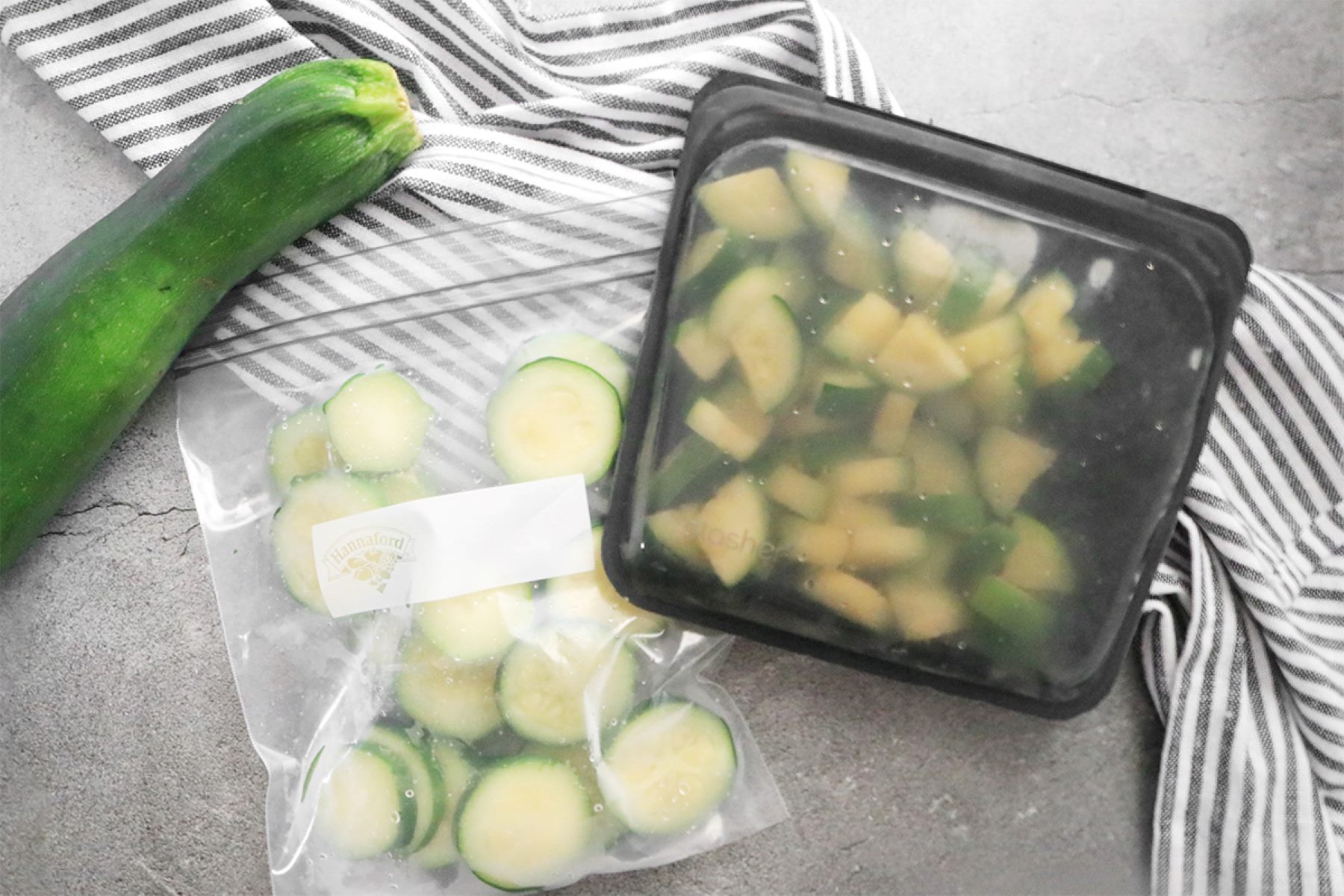

0 thoughts on “How To Store Zucchini Squash”